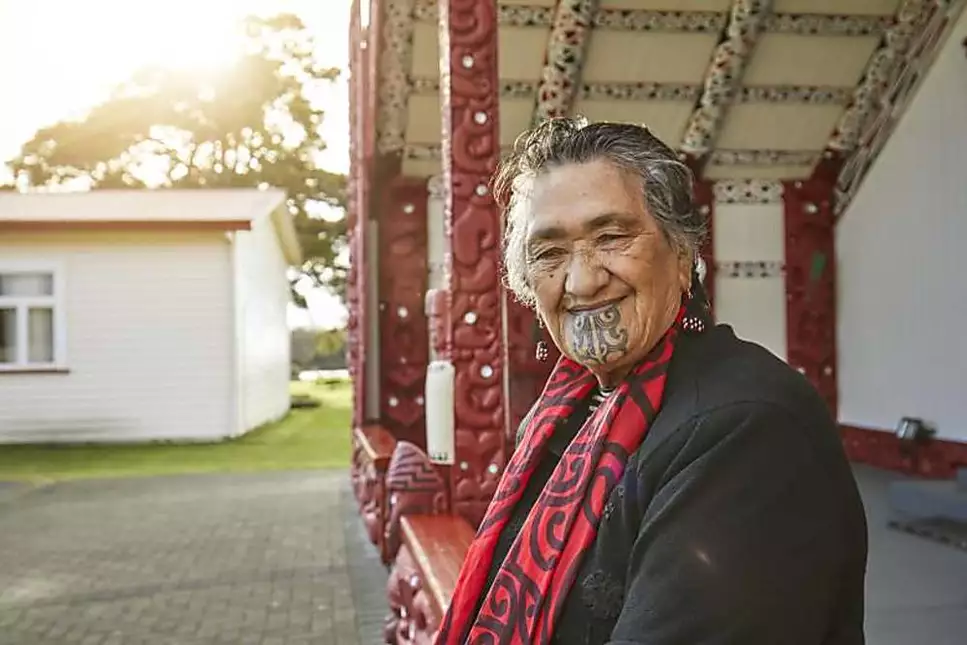Home Ground
Can HDB flats be turned into assisted living units?
Assisted living in flats may be key to meeting the care needs of the ‘missing middle’ who are not well enough to live independently but not so frail as to need nursing home care.
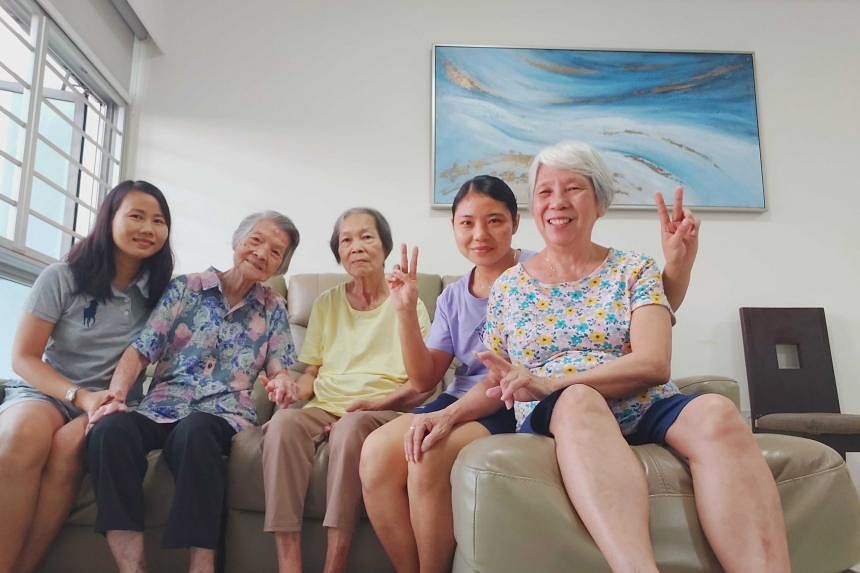
With more Singaporeans crossing the age threshold of 65, the need for more, and more varied, eldercare options becomes more urgent.
In just the last decade, the proportion of households where all members were 65 and above doubled from 52,200 (4.6 per cent) in 2010 to 128,200 (9.3 per cent) in 2020. Many of these folks living independently would need the support of family members or part-time caregivers as they age.
If they need more medical attention or need help with daily needs, then nursing homes may be considered. But many Singaporeans prefer to age in place - or remain at home as they age.
According to a group of experts and people involved in eldercare planning issues, there is a need to consider and ramp up assisted living options. This was the conclusion of a roundtable I attended on April 18, organised by the Leadership Institute for Global Health Transformation (Light) from the Saw Swee Hock School of Public Health, National University of Singapore.
Assisted living refers to facilities that let elders live in home-like environments that they move around freely in, yet offer services like meals, housekeeping, laundry and medical care and supervision such as dressing of wounds and medication reminders.
A commentary from Light research assistant Chia Hui Xiang, and intern Gabriel Lee Dao Ning, described this as the problem of "the missing middle".
This refers to the inadequate range of care options for those who are not so sick as to need round-the-clock nursing home care; and not well enough to live independently in their own homes.
Right now, their options are limited.
Ageing at home
Those who are well enough to live independently at home but need some help can tap home care services now available islandwide, but these are limited.
There were 10,000 home care places in 2020, and 8,100 day care places.
A Duke-NUS Medical School study published in 2014 predicted that the number of elderly people requiring assistance for activities of daily living - such as washing, toileting, dressing, feeding and mobility - would rise from 31,738 in 2010 to 52,626 in 2020 and then 82,968 in 2030, reaching 7 per cent of Singapore's senior population.
With 10,000 home care places, that suggests a shortfall of over 40,000 seniors lacking trained help.
Many frail seniors choose to stay at home, cared for by their family members or domestic helpers.
Those who can live independently have more housing options these days, such as the two-room flexi flats on short-term leases offered by the Housing Board.
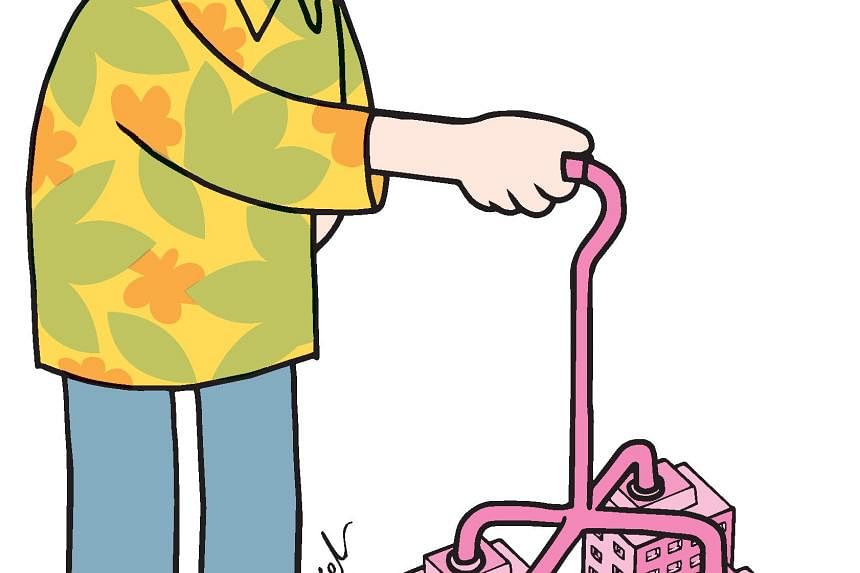
But relying on family caregivers is not a sustainable option society-wide, given its impact on labour force participation rates. According to the Ministry of Manpower's 2020 Labour Force Survey, about 119,000 residents outside of the labour force cited care for family members or childcare as the main reasons for not working.
For those who are more frail and need constant care, nursing homes are the default option. But this option too has its limits.
Ageing in nursing homes
Singapore has been building more nursing homes, at a fairly rapid pace. The number of such homes increased from 69 in 2016 to 77 in 2020. Of these, 24 are public, 22 not-for-profit and 31 private nursing homes, according to Ministry of Health figures.
The number of licensed nursing home beds has also increased from around 13,000 to 16,300 in the same period, consisting of 6,400 public, 6,000 not-for-profit and 3,900 private nursing home beds in 2020. Bed occupancy rate has been about 90 per cent for the past five years.
Nursing home care has improved, with the Ministry of Health and the Agency for Integrated Care raising standards.
My recent visit to two homes - St Joseph's Home in Jurong West and Sree Narayana Mission in Yishun, found them to be pleasant, sunlit places, with cheerful staff.
At the St Joseph's Home, helmed by executive director, Sister Geraldine Tan, residents are encouraged to spend their waking hours in the activity area, watching TV, playing card games, or engaged in therapy or inter-generational programmes with children from the childcare centre on the ground floor. On the day I visited, an elderly woman was singing melodiously with a therapist.
Even bed-bound residents are wheeled, in their beds, into the verandahs that wrap around the purpose-built building, to breathe the fresh air or listen to the birds' chittering.
To Sister Geraldine, treating residents with dignity "for the balance of their tomorrows" is integral to the mission of imbuing the home with soul and care. But, she says, it is a constant struggle to provide such personalised care, which is labour-intensive. Government subventions help but are usually not enough to provide the X-factor, which is why fund raising is critical for the upkeep of the homes under the Catholic Welfare Services, she adds.
Nursing homes are expensive to build and run. They have a role to provide care for the very ill, but should not be places where the elderly live for years.
In Singapore, nursing home residents tend to stay for many years. In one 2013 study of six nursing homes in Singapore, 36 per cent had lived there for six to over 10 years, said Light's Ms Chia.
In the United States and Australia, the typical nursing home stay is two to 2½ years. There, people may live in assisted living amenities or retirement villages with care support as they age, and move to nursing homes only at the last stage of ill health.
An array of assisted living options can reduce demand for nursing homes, notes Ms Chia.
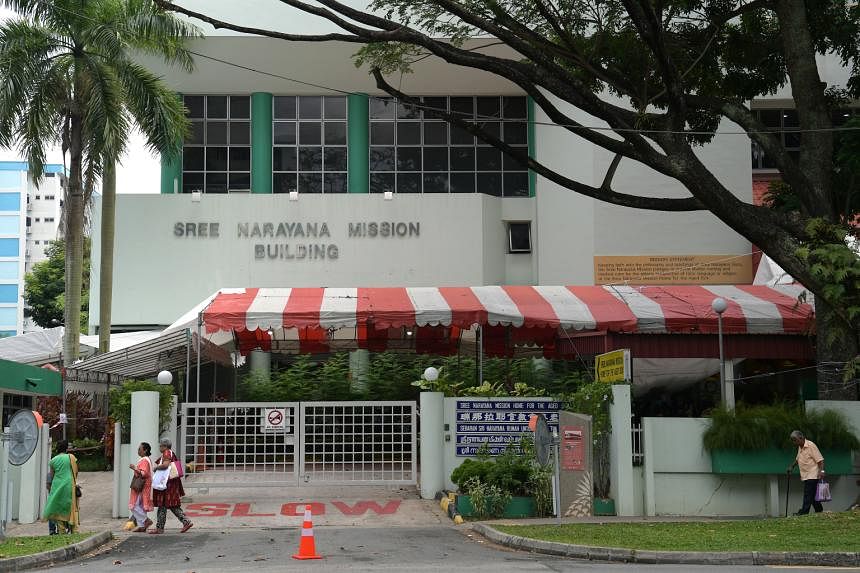
At the Sree Narayana Mission (Singapore), its chief executive S. Devendran tries to make sure the residents in the home he runs have good final years. Even so, he acknowledged: "However much effort we put into making nursing homes more home-like, it is a fact that no one wants to age in a nursing home.
"People talk about retirement homes or assisted living - we want to age in place, at home with family and friends, go to the kopitiam, have a social life, but get the help we need, with meals, or personal activities like bathing, or cleaning the home. We must find a way to help people do that for as long as possible.
"We need to make a virtue out of what we have, which is HDB flats. We must plan it right so that HDB blocks should provide assisted living and retirement homes all at once and most Singaporeans can grow old in them."
In the Sree Narayana Mission nursing home, the longest-stay resident in the Category 4 group, which requires the most care, has been there since 1994.
"Then nursing homes may be just for the last few years of life, not for years or decades."
Assisted living, HDB style
In Singapore, discussions about retiring in HDB flats with care support have been taking place for over 20 years.
In 1997, I wrote an article that mentioned "sheltered housing" as a retirement option and interviewed a housewife on her dream retirement option.
This is what she said: "In an HDB estate, with shops, market, clinic nearby, so we don't have to travel too much. And small enough to keep spick and span by myself. Lots of people, with healthy minds, living together. Not like an old folks' home, with so many restrictions."
Fast forward to 2022 and her dream may be finally coming true.
The Housing Board has launched a new model of Community Care Apartments (CCAs). These offer HDB flats on shorter leases, that come with a basic care package of services that can be scaled up (such as adding meals and feeding) when needed, for additional fees. The pilot project of about 160 units in Bukit Batok is due to be completed by 2024.
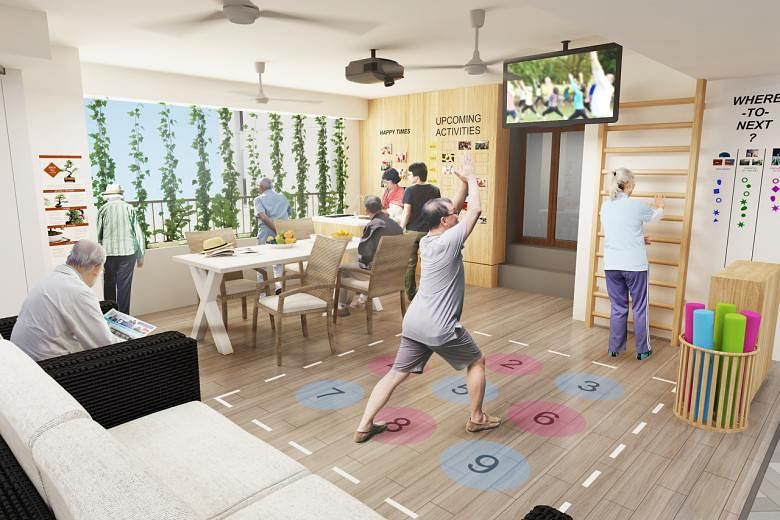
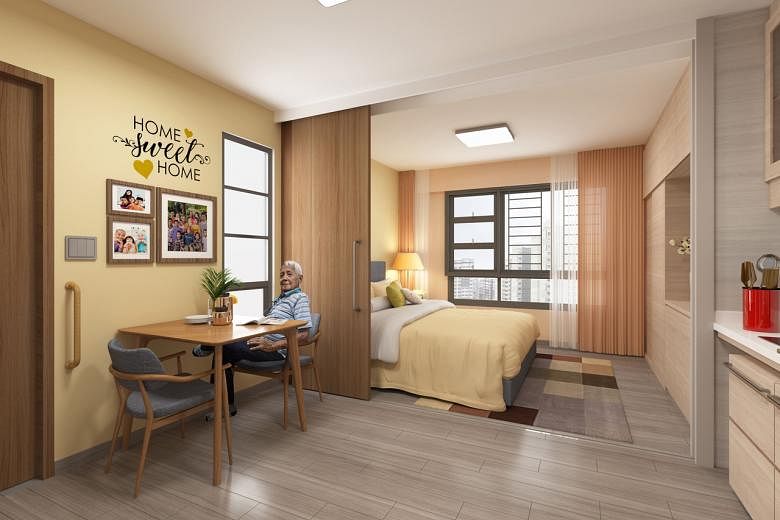
Providing the CCAs is not just a matter of building brick and mortar flats. The project integrates housing with caregiving, and hence represents a groundbreaking policy innovation by Singapore standards.
But they are hard to scale up - because building new flats takes a very long time.
Instead, as participants at the roundtable suggested, using existing HDB and private homes, and turning them into assisted living apartments, is more scaleable.
This is precisely what a few private sector operators are doing.
One is the St Bernadette Lifestyle Village group, which has three assisted living homes, in Adam Road, Bukit Timah and Sembawang. Residents live in single or twin-bedded rooms in the houses. They are free to go about their day independently or to take part in programmes with trained staff. Fees in the newest Sembawang facility are $4,000 to $5,000 a month.
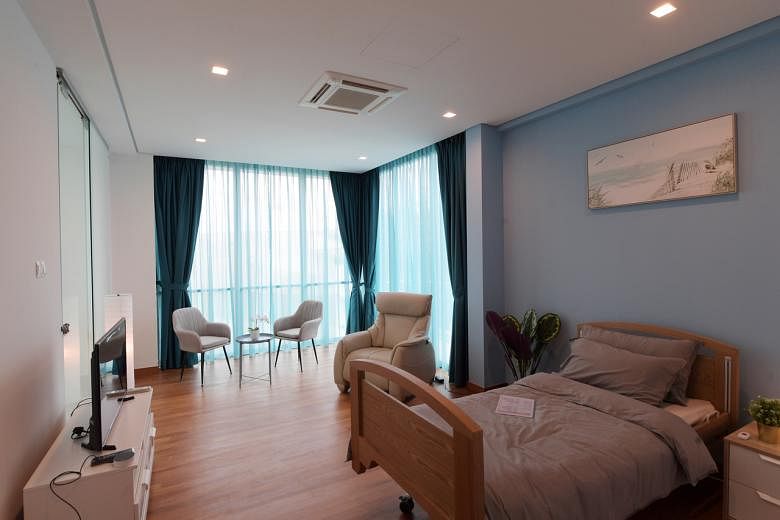
One of the furnished rooms at the new St Bernadette Lifestyle Village at Jalan Serengam, in Sembawang.
Reverend Fr John Chua, OCD, blesses the new St Bernadette Lifestyle Village at Jalan Serengam, in Sembawang, on 14 March 2020. This is Singapore's third Assisted Living Facility - the other two are St Bernadette Lifestyle Village at Bukit Timah and St Bernadette Lifestyle Village at Adam Road.</p> PHOTO: ST
Then there is a new start-up, called Red Crowns, that is offering co-living for seniors in HDB flats or private condominiums.
Under the co-living concept, companies buy or lease properties and retrofit them to provide individual living suites in a complex that houses shared amenities such as kitchen, laundry, working spaces or dining areas. They are popular with young working adults. Co-living for seniors would offer similar housing options, but with eldercare services.
Founder of Red Crowns Senior Living, Mr Joshua Goh, 42, is an architect by training and entrepreneur with experience operating backpacker hotels and co-living projects for millennials.
His first "client" for a co-living home for seniors was his father, who suffered a few falls and was getting frailer. Not finding any care options suitable, he decided to help his father find fellow elderly flatmates to share caregiving costs with. Today, his father lives with two others in a three-bedroom HDB flat and they hire two caregivers who cook, clean and help them with daily activities. He realised this care model could work in Singapore.
A year on, without much publicity, Red Crowns has about 130 residents in 25 apartments. On the website, it advertises not only for elderly residents to stay in its homes, but also for "property partners" who want to lease out their vacant properties to be turned into such seniors' group homes.
A twin-bedded room in an HDB flat for independent living costs $2,200 per resident and includes caregiving and supervision, daily meals and housekeeping and laundry. A private room with attached bathroom in a condo costs $4,500.
Red Crowns is the "concierge manager" who handles the property maintenance, and manages the caregiving staff, who are foreign domestic workers.
Mr Goh is confident of the demand and thinks it is scaleable, both within Singapore, and beyond. He is running Red Crowns as a social enterprise, and a personal passion project. The morning I met him, he visited three homes in the Bishan/Ang Mo Kio area to talk to the residents and mediate in some lifestyle differences. His wife Lynette Ng, 42, who owns Sweatbox Yoga studio, developed yoga exercises suitable for seniors, for the residents.
Eventually, says Mr Goh, he plans to build a platform called RetireGenie, that lets seniors advertise for and find their own roommates, and match them with caregivers. "It will be like an Airbnb for seniors," he explains. But for now, expanding the pool of assisted living flats and residents is his main goal.
While the potential to expand assisted living in Singapore is immense, there are regulatory gaps that need to be addressed.
For example, people who get home care or stay in nursing homes get long-term care subsidies. Do those living in assisted living facilities get these too?
How should assisted living facilities be licensed? Are assisted living premises commercial or residential? What should be the ratio of care staff to residents? The minimum standards of care?
There are many details to iron out. Meanwhile, operators like St Bernadette and Red Crowns are not waiting for policy clarity, but testing new care models.
Having taken 27 years to meet demand for assisted living in an HDB estate, the state should make up for lost time and come up with rules to encourage the private sector to test new models in a safe and sustainable manner. At the very least, it must not stand in the way of those pushing the frontiers of possibility in aged care.
Join ST's Telegram channel and get the latest breaking news delivered to you.




















